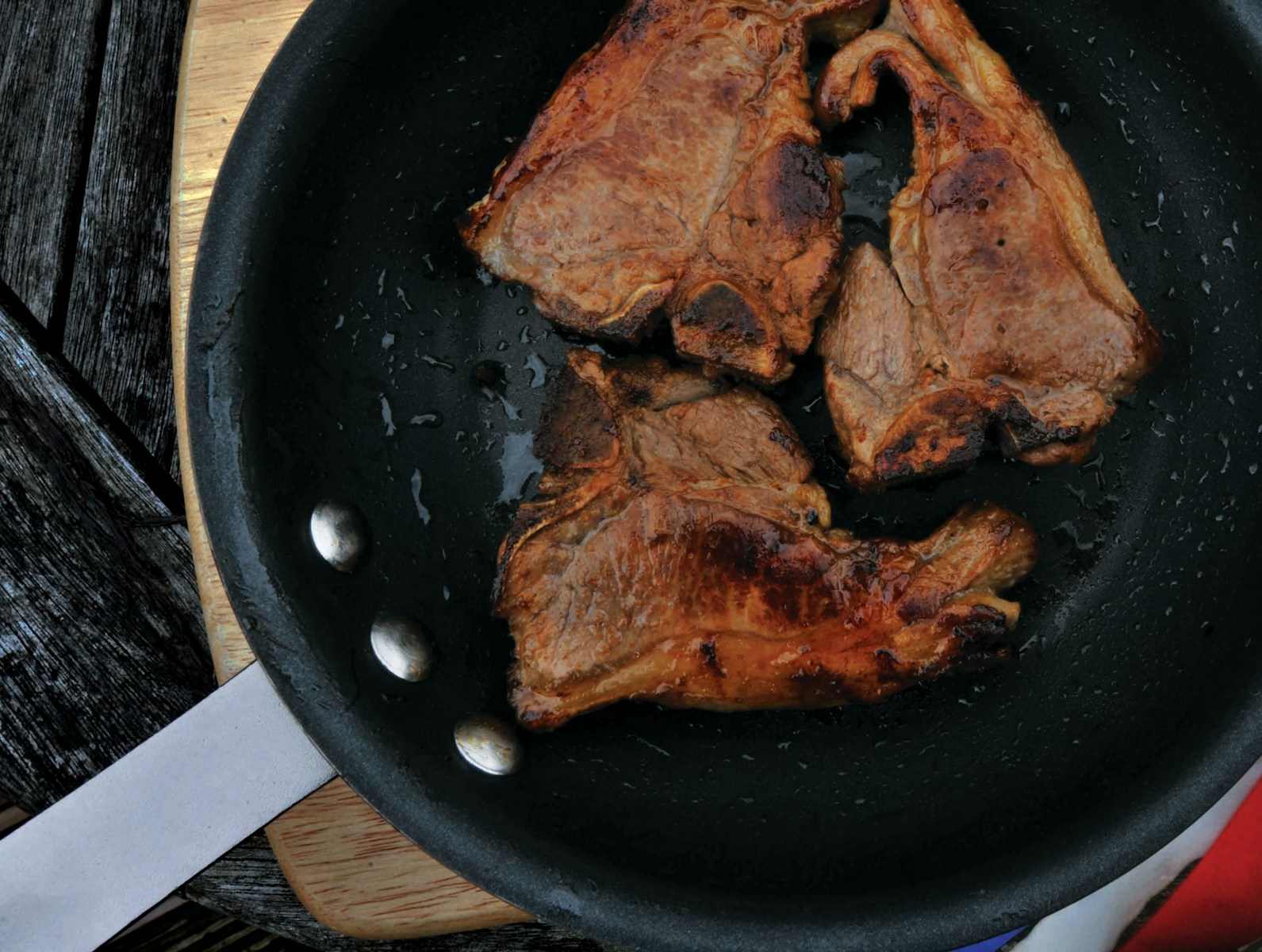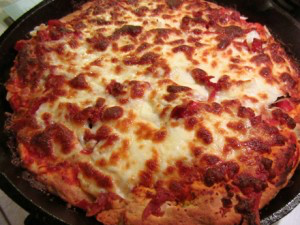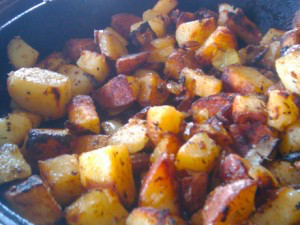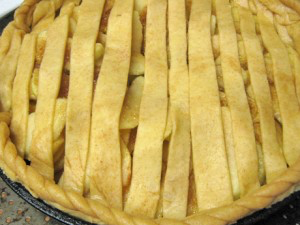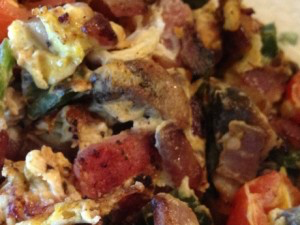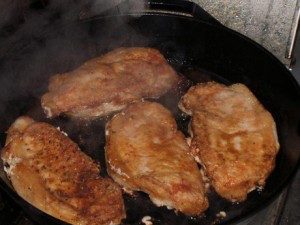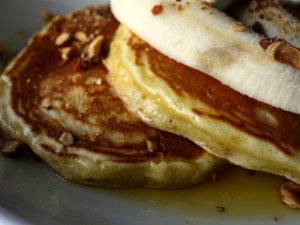The Science Behind Cast Iron Cooking: Heat Distribution and Retention
Cast iron cookware, particularly skillets, are celebrated for their remarkable cooking properties. Understanding the science behind how cast iron skillets distribute and retain heat can enhance your cooking experience and results.
Exceptional Heat Retention
The key to cast iron’s popularity in kitchens lies in its excellent heat retention. Cast iron is a dense metal, which means it can absorb a large amount of energy and hold onto it for a prolonged period. When you heat a cast iron skillet, it stores this energy and releases it slowly. This attribute ensures that once the skillet is hot, it stays hot, providing a consistent cooking temperature crucial for perfectly cooked meals.
Even Heat Distribution
Another scientific advantage of cast iron is its ability to distribute heat evenly across its surface. This uniform heat distribution is vital for cooking foods evenly, preventing hot spots that could cause parts of your food to burn while other parts remain undercooked. It’s particularly beneficial for dishes that need to be cooked evenly, like pancakes or frittatas.
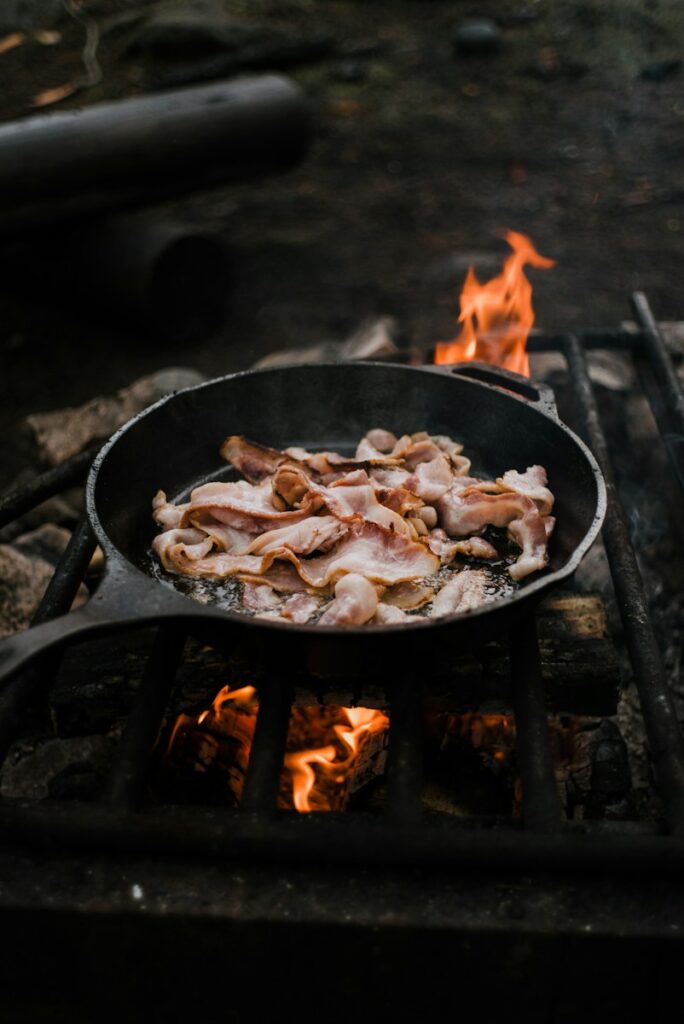
Heat Capacity and Thermal Conductivity
The heat capacity of cast iron is higher than many other metals used in cookware. This means it can hold more heat per unit of mass, contributing to its ability to stay hotter for longer. However, cast iron has lower thermal conductivity compared to metals like aluminum, meaning it heats up more slowly. Once hot, though, it provides a steady, even heat source, ideal for browning and searing meats.
The Maillard Reaction and Caramelization
Cast iron skillets are excellent for achieving the Maillard reaction — a chemical reaction between amino acids and reducing sugars that gives browned food its distinctive flavor. This reaction is best achieved at higher temperatures, which cast iron skillets can maintain steadily. It’s the secret behind the delicious crust on a seared steak or the crisp edges of a grilled cheese sandwich.
Conclusion: A Scientific Approach to Better Cooking
Understanding the science of heat distribution and retention in cast iron cooking not only demystifies the process but also empowers you to use your skillet more effectively. Whether you’re searing, sautéing, baking, or frying, the cast iron skillet’s unique properties make it an essential tool for culinary success.
Keywords: Cast Iron Cooking Science, Heat Retention, Even Heat Distribution, Heat Capacity, Thermal Conductivity, Maillard Reaction, Caramelization, Cooking Chemistry, Skillet Cooking, Culinary Science.
